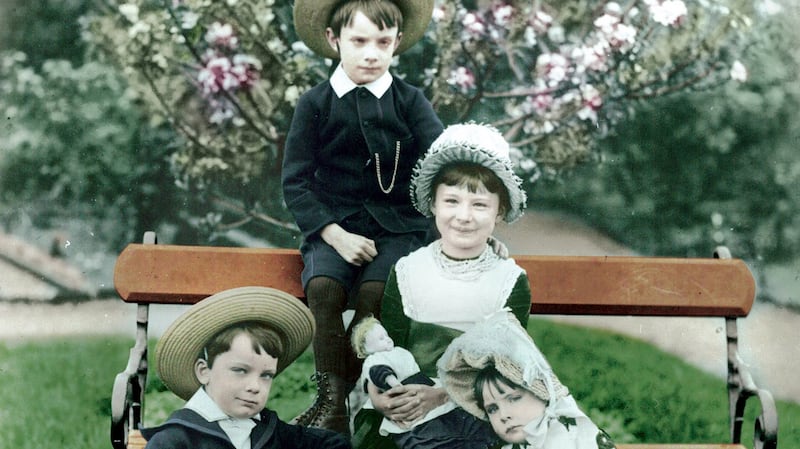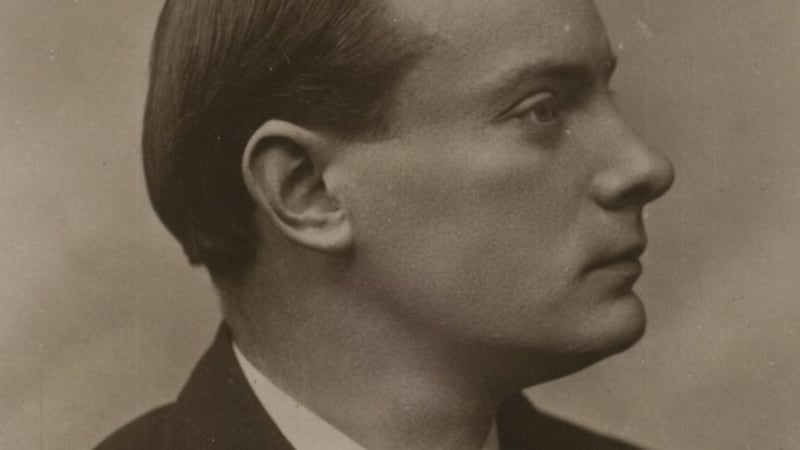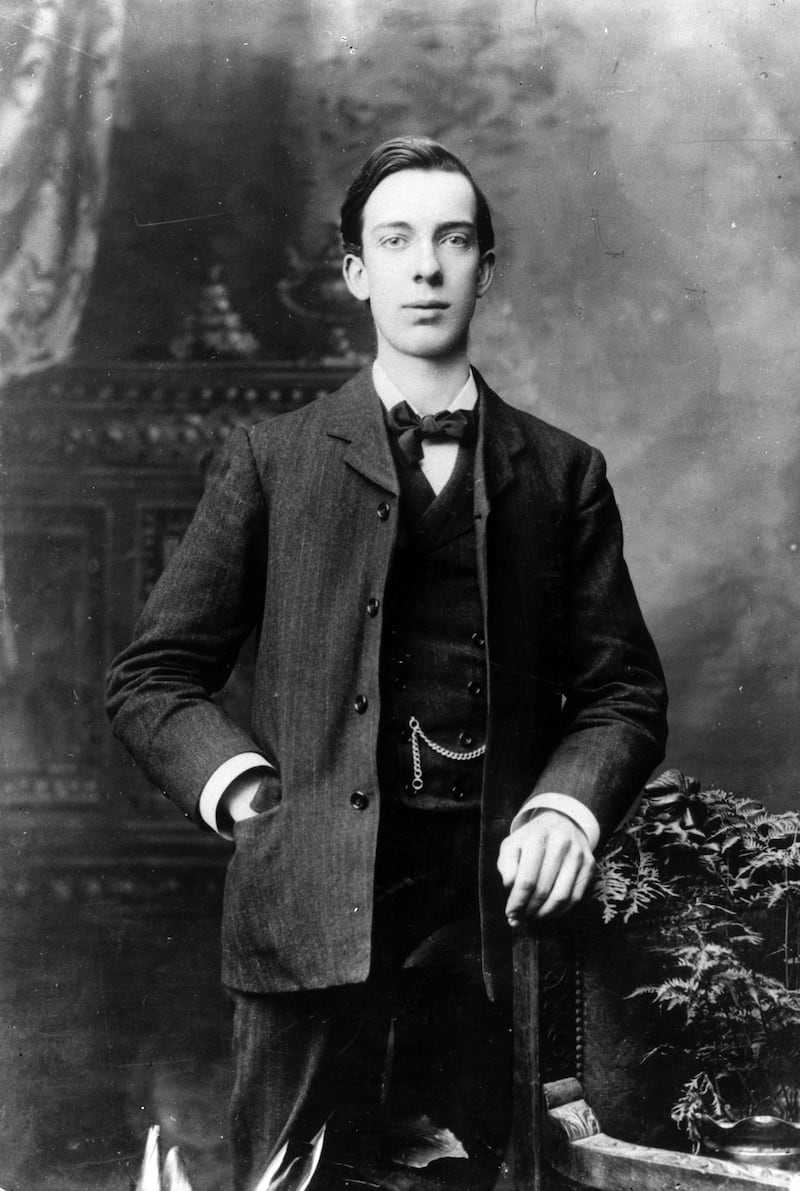Margaret Mary Pearse, teacher, TD and senator, sister of Patrick and Willie Pearse and faithful keeper of their flame, died 50 years ago on November 7th. She shared her brother Patrick’s cultural and political vision for Ireland and devoted her life to trying to realise it to the best of her ability.
She was born in August 1878 at 27 Great Brunswick Street (now Pearse Street), the eldest of four children of James Pearse, a stonemason, and Margaret Brady. As the family sublet rooms to other tenants, she grew up in cramped conditions. Following five years at a private school in Wentworth (now Hogan) Place, she attended the Holy Faith School on Clarendon Street. She excelled at school and achieved first place in all subjects.
After school, she studied domestic economy at Rathmines Technical Institute. Sharing a love of the Irish language with her younger sibling, Patrick, she acquired a number of qualifications in it. They went to Belgium in 1905 to study the bilingual educational system and language-teaching methods there.
In 1907, she established a small, coeducational preparatory school, with the encouragement of her two brothers, the younger of whom, Willie, provided art classes in the school.
Unlike the rest of her family, she disagreed with her brother's political activism and is said to have gone to the GPO on Easter Monday 1916 to plead with Patrick to return home
She played a significant role in the establishment and running of the school her brothers set up in 1908, St Enda’s or Scoil Éanna, one of the most radical projects in Irish educational history. The school began in Cullenswood House on Oakley Road in Ranelagh and then moved to The Hermitage in Rathfarnham. As well as acting as assistant mistress, Margaret Pearse taught French and religion at St Enda’s.
Mary Brigid, the youngest of the four Pearse siblings, was a musician, teacher, actress and writer of short stories, children's stories and plays; she taught music at St Enda's. Unlike the rest of her family, she disagreed with her brother's political activism and is said to have gone to the GPO on Easter Monday 1916 to plead with Patrick to return home. Teresa and Mary Louise O'Donnell, in their book Sisters of the Revolutionaries: The Story of Margaret and Mary Brigid Pearse, say that Mary Brigid spent much of her life trying to understand why her beloved brother Patrick would abandon a loving family for his political ideals.

For Margaret Pearse, the rising was “tragic but glorious” and, despite the great loss to her family, she took comfort in the belief her two brothers would spend eternity together. She faithfully attended all State and public ceremonies held in their honour and always staunchly defended their legacy.
She continued to run St Enda’s in their memory, keeping the school going through many periods of financial difficulty until its closure in 1935. When Ardscoil Éanna was set up in Crumlin four years later by former Irish Volunteer James O’Byrne, she was one of the first teachers employed and taught there for many years.

When their mother died in 1932, Margaret was appointed sole executrix of her will. This caused estrangement between the two sisters as Mary Brigid felt aggrieved over the arrangements for property, rents, royalties from Patrick's written works and the ownership of his unfinished autobiography. This led to a court case, which Mary Brigid eventually withdrew from, but the relationship was irretrievably damaged. One of the main issues at dispute was the autobiography, which Mary Brigid included in her book, The Home-Life of Pádraig Pearse.
Like her mother, Margaret Pearse opposed the Anglo-Irish Treaty. She supported Eamon de Valera and the setting up of Fianna Fáil and was a TD for the Dublin County Constituency from 1933 to 1937. After losing her Dáil seat, she was a member of Seanad Éireann from 1938 until 1968, sometimes elected to the Administrative Panel and sometimes being a taoiseach’s nominee.

She seldom spoke in the Dáil or Seanad but expressed herself strongly on some political, social and cultural issues in the public addresses and speeches she gave around the country. Her political and cultural philosophy was a simple one and not unusual for its time: she believed in a 32-county republic with Irish as the first language. She was also a very devout, traditional Catholic throughout her life and never married.
Her final years were spent at the Linden Convalescent Home in Blackrock, Co Dublin, and she was unable to attend the 50th anniversary commemoration of the rising. Accorded a State funeral, she was buried beside her parents and sister in Glasnevin cemetery. She bequeathed the Hermitage to the State and it is now the Pearse Museum.










